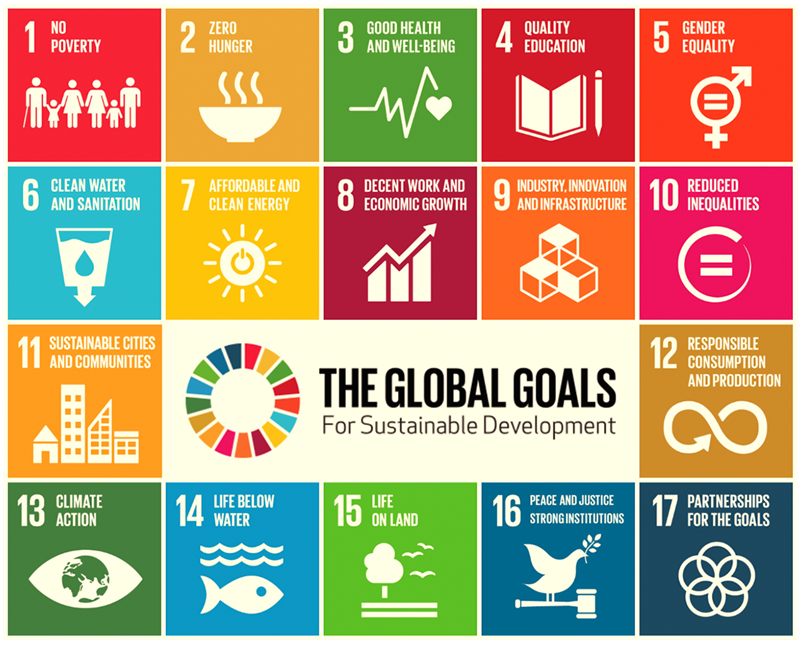Environmental, Social and Governance (ESG) initiatives have gained significant momentum over the past decade, including a quick ramp up period under the Biden Administration in the United States following the European lead. The financial services industry is now seeing capital allocated based on ESG information and ratings. ESG is becoming the “industry standard” as consumers gravitate towards brands that address ESG issues in ways that align with their own values. These articles highlight the effect of ESG-driven imperatives on the financial services landscape, focusing on how providers are responding to ESG opportunities.
ESG pillars explained:
- Environmental – The company’s position on environmental issues such as climate change, greenhouse gas emissions, waste, pollution, and other environmental considerations
- Social – The company’s internal/external relationships, community relationships and human rights, workplace health and safety, diversity, equity and inclusion, and political ties are five main areas to consider
- Governance – The overall position of the company and its Board with respect to business ethics, the interests of various stakeholders – employees, suppliers, shareholders, customers – and financial transparency
BACKGROUND
The focus on ESG has increased in recent years driven in large measure by ESG-related legislation in individual countries across Europe as well as the European Union overall. More tactically, increased ESG focus has also been driven by rating agencies that specialize in measurement of sustainability across the ESG pillars. Corporate Social Responsibility (CSR) teams within companies provide information to these agencies to enable an assessment of ESG-related activities by regulators, investors, and other stakeholders.

Notwithstanding the momentum of ESG initiatives globally, the U.S. government’s promotion of an ESG agenda is proving to be an even bigger catalyst for action.
U.S. President Joe Biden had been trying to move to action one of the flagship pillars from his election agenda, i.e. the climate change legislature, but his administration had been gridlocked since the start of his presidency, with little prospect of making it into law. Then, almost out of the blue, it was introduced and passed into law under the Inflation Reduction Act (IRA). It is a huge milestone and marks a significant shift from the prior president, where the U.S. is following the steps of the EU climate legislature. The World Economic Forum (WEF) calls it “the most meaningful climate bill ever passed in the U.S.,” which will have huge effect on the U.S. clean energy investment.
The provisions in the act are expected to cut U.S. Greenhouse Gas (GHG) emissions by about 40% by 2030, compared with 2005 levels, closing over half of the gap between what current policies will achieve and where the U.S. needs to be to cut its emissions by 50%. The IRA builds on $110 billion of climate and energy funding in the Infrastructure Investment and Jobs Act (IIJA) adopted back in 2021. According to Wood Mackenzie,1 this will help total investment in renewables to reach $1.2 trillion by 2035. The IRA’s main lever for adopting clean energy spending is around $60 billion of tax credits and incentive funding, which are specifically intended to create investment multiplier effects. Tax credits will cut the cost of onshore wind by 63%, offshore wind by 42% and solar power by 49%, Boston Consulting Group (BCG) calculates.2 The nascent offshore wind sector could grow 500 times by 2030, with onshore doubling and solar installations increasing four to six times, in addition non-residential storage is also expected to grow 40-50 times.
IRA has cleverly dealt with and neutralized to an extent the Supreme Court ruling that curtailed the Environmental Protection Agency (EPA)’s ability to cut emissions. The amendment in IRA to the Clean Air Act defined CO2 and other Greenhouse Gases as “air pollutants,” brings it back within the purview and control of the EPA. This clever move means that the agency can encourage greater use of renewable energy and clean technology, as well as cutting emissions from power plants, but it is also intended to leave the agency less vulnerable to future legal challenges.
Companies are now making a conscious effort to establish measurable ESG objectives, ranging from reducing Greenhouse emissions by a certain percentage to providing annual ESG training to employees, and/or providing board-sponsored reports on the accomplishments within a company’s ESG program. Overall, industries are accelerating their ESG agendas, not only to abide by government mandates, but also appeal to their shareholders and improve market share by increasing their competitive edge.